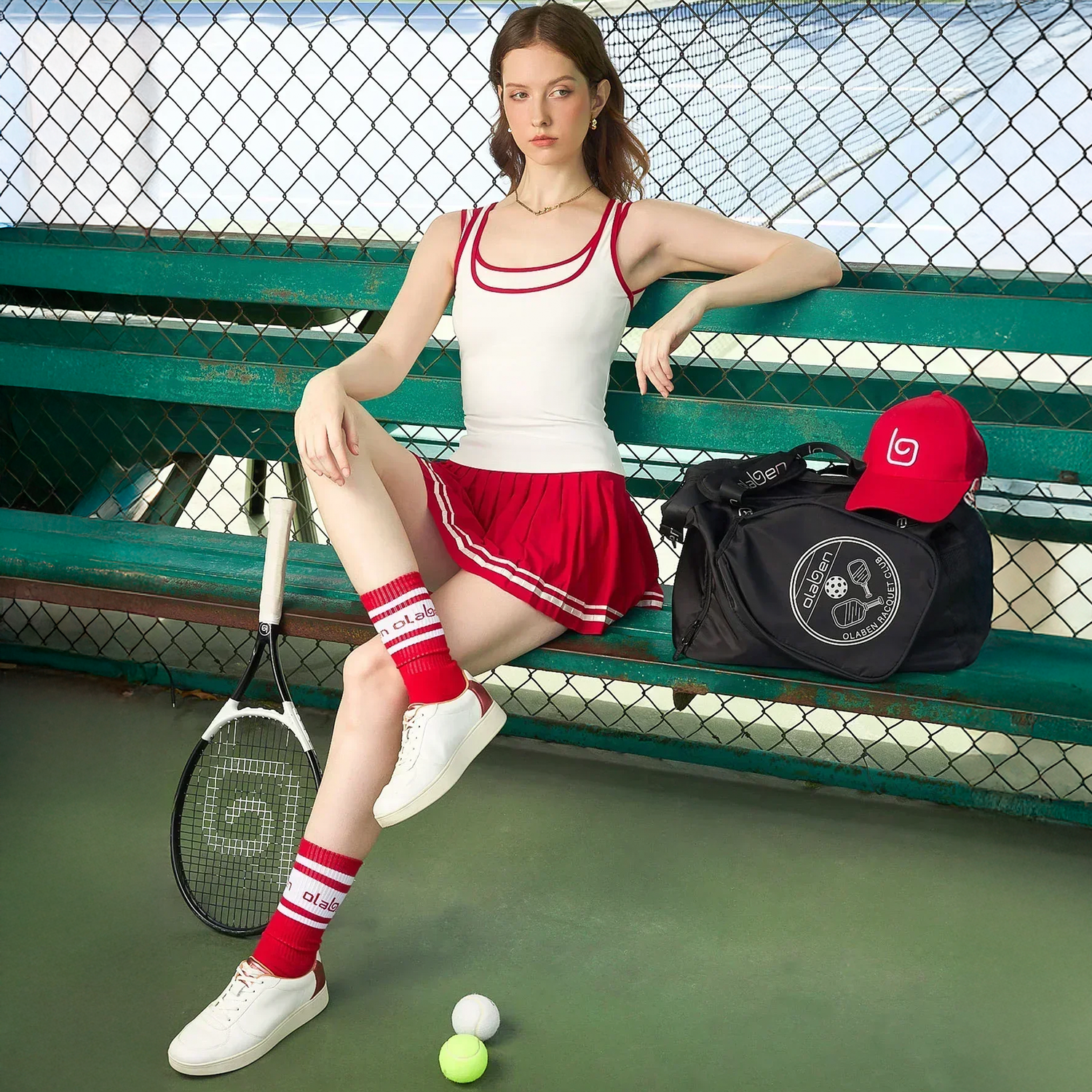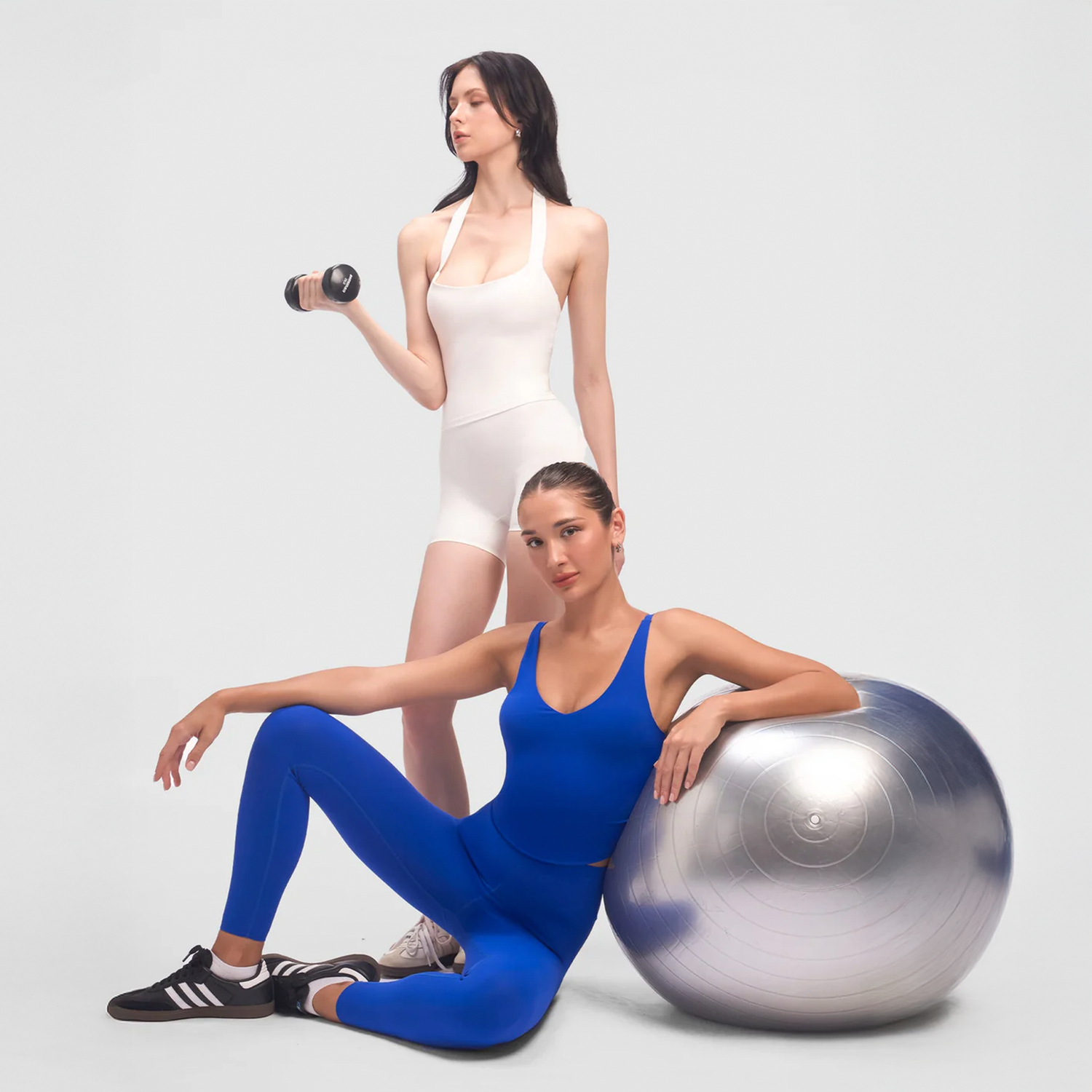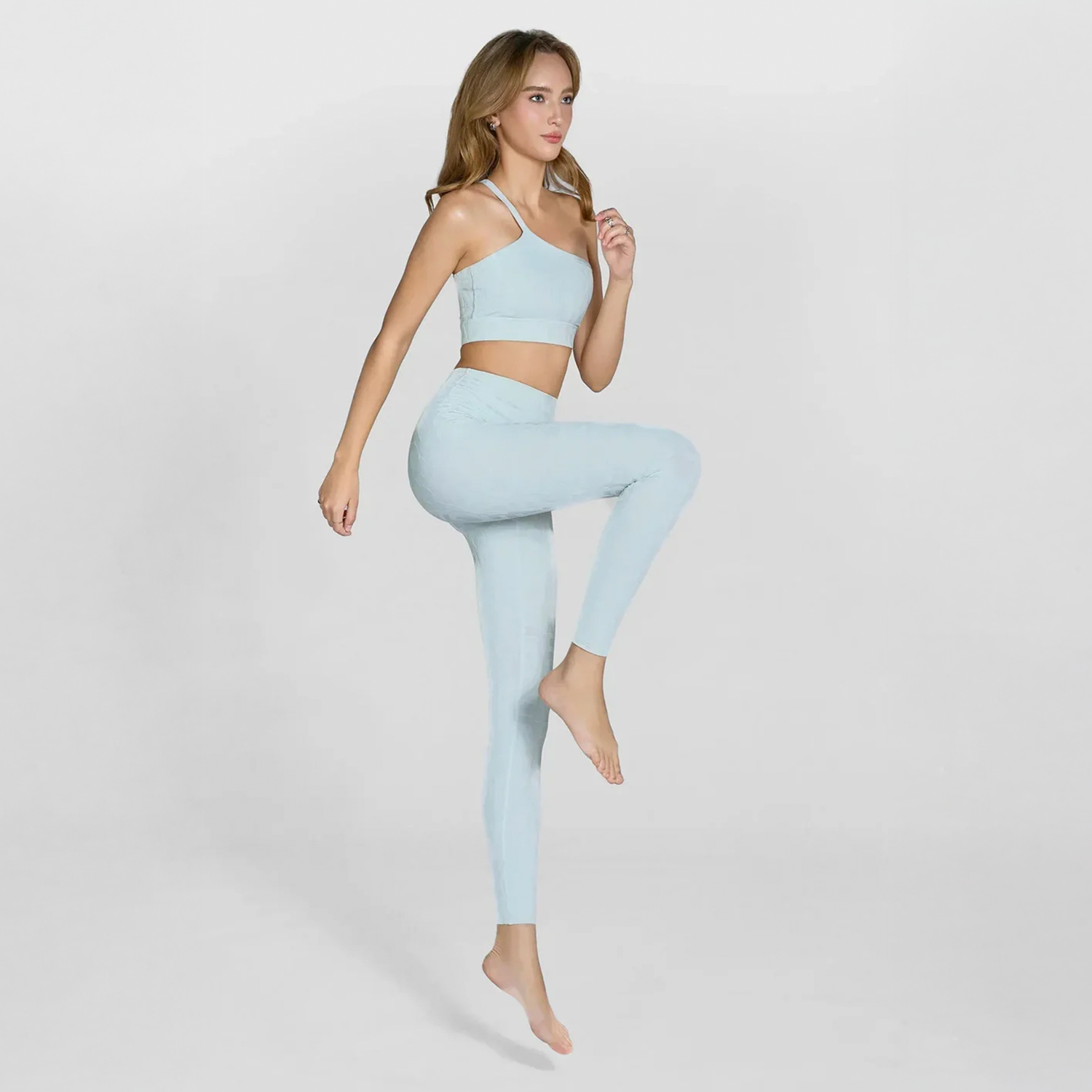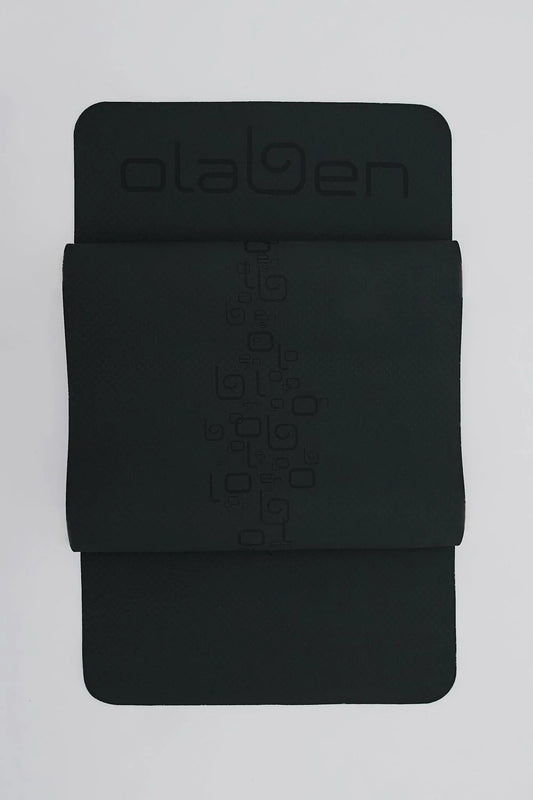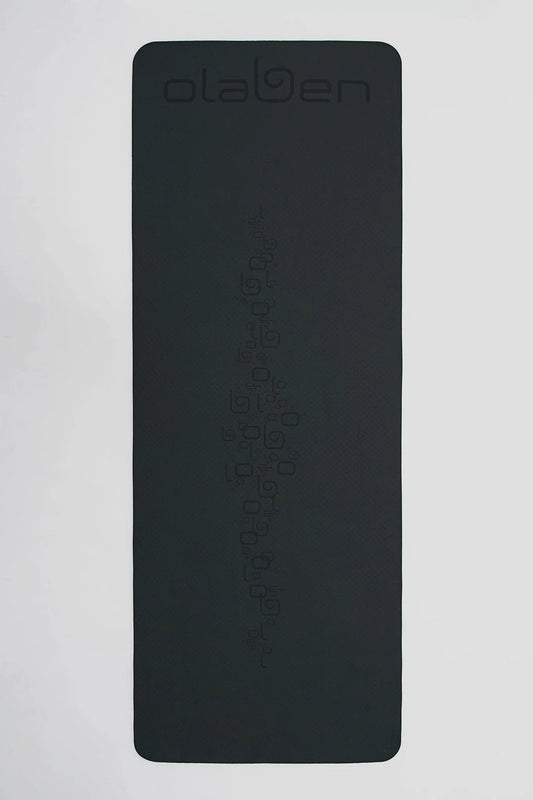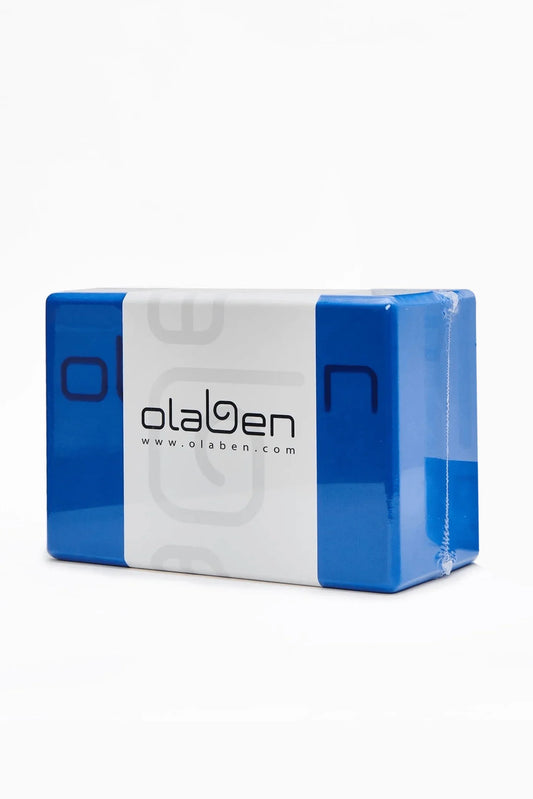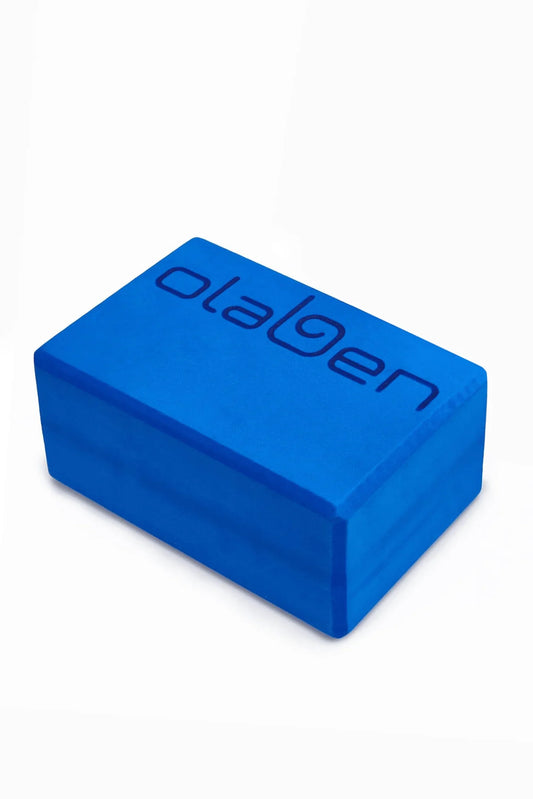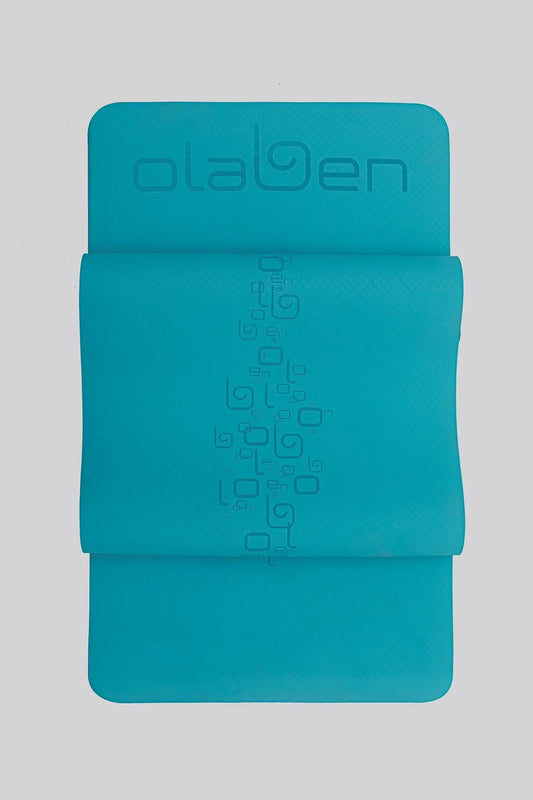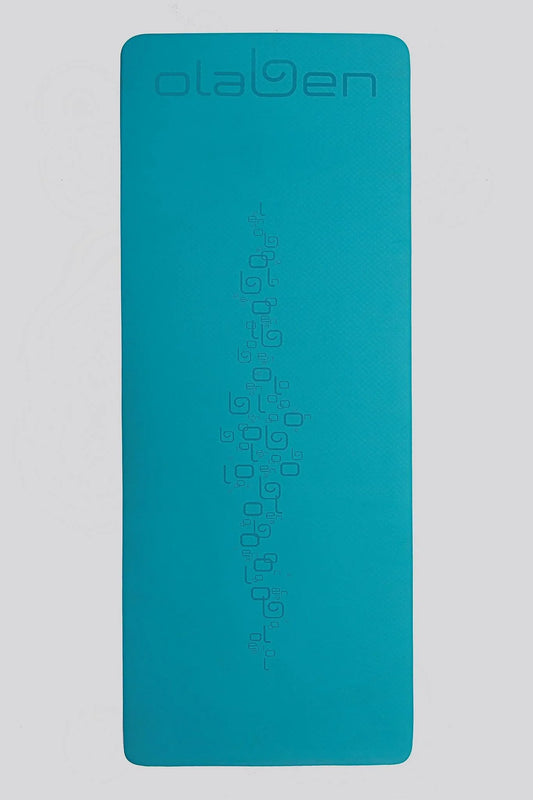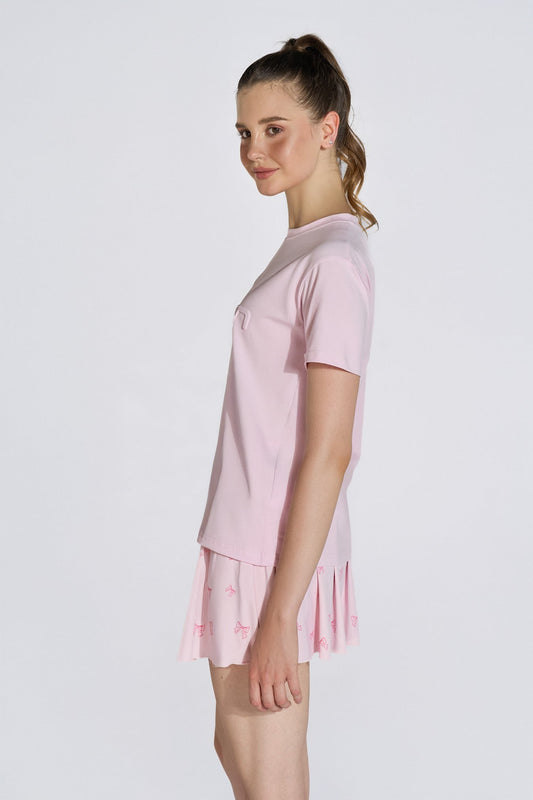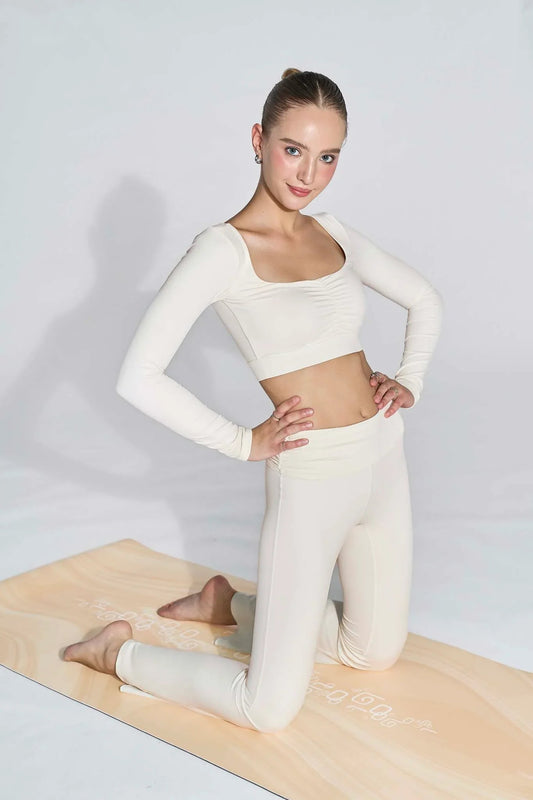Your body works hard — whether you’re an athlete, a weekend warrior, or someone who simply enjoys staying active. But when injuries strike, they can disrupt your routine and affect both your physical and mental well-being. The good news? Yoga is no longer just a fitness trend — it’s a powerful tool for rehabilitation. Let’s dive in with Olaben and explore how to use yoga for injury rehabilitation safely and effectively.

Why Yoga Works for Injury Recovery
Yoga is more than stretching — it’s a mind–body practice that helps restore balance, improve mobility, and calm the nervous system. Research published in the International Journal of Yoga shows that integrating yoga into rehabilitation programs enhances strength, flexibility, balance, and pain management compared to physiotherapy alone.
Here’s why yoga is such a valuable part of the healing process:
- Improves Range of Motion: Gentle yoga postures encourage joint mobility and flexibility.
- Builds Strength Safely: Poses engage multiple muscle groups at once, supporting proper recovery and preventing muscle imbalances.
- Reduces Pain: Mindful breathing and relaxation techniques decrease muscle tension and pain perception.
- Supports Mental Health: Injuries can be emotionally challenging — yoga helps reduce anxiety, boost mood, and build resilience.

Best Yoga Practices for Rehabilitation
1. Start with Gentle, Low-Impact Styles
When you’re healing from an injury, opt for restorative or therapeutic yoga styles such as:
- Yin Yoga – Deep, slow stretches that release tension in connective tissues.
- Hatha Yoga – Gentle postures with a focus on alignment and controlled breathing.
- Restorative Yoga – Supported poses that allow your body to fully relax and recover.
These styles prevent overloading injured areas while still keeping you mobile and engaged in the recovery process.
2. Modify Poses to Protect Injured Areas
Post-surgery or post-injury joints often need extra care. Use props like yoga blocks, bolsters, straps, or rolled-up towels to make poses safer and more comfortable.
- For Wrist Injuries: Bear weight on fists or forearms instead of palms during Downward Dog.
- For Knee Injuries: Place a folded towel or pillow behind the knees in kneeling positions.
- For Hip Injuries: Use yoga blocks to lift the floor closer to you and reduce strain.
Remember — yoga should feel challenging, not painful. If a movement causes sharp pain, stop immediately and consult your physiotherapist.
3. Focus on Breathwork and Mindfulness
Breathing techniques like diaphragmatic breathing and resonance breathing activate the parasympathetic nervous system, reducing stress and supporting tissue repair. Adding mindfulness or short meditation sessions can:
- Lower cortisol levels (stress hormone)
- Improve pain tolerance
- Boost emotional resilience during recovery
4. Gradually Rebuild Strength and Balance
Once you regain mobility, transition to slightly more active yoga practices (like gentle Vinyasa flows). Incorporate standing poses such as Warrior I & II or Tree Pose to rebuild balance, proprioception, and stability — all of which help prevent future injuries.
5. Work with Professionals
Every injury is unique. Consult your physiotherapist or sports medicine specialist to design a yoga program tailored to your needs. Many clinics now integrate yoga therapy into rehabilitation plans for athletes and active individuals because of its proven benefits.

Final Thoughts
Yoga provides a truly holistic approach to injury rehabilitation, supporting both the physical recovery of your body and the emotional resilience needed to heal fully. By easing into movement, modifying poses for safety, and prioritizing breathwork and mindfulness, you can gradually rebuild strength, prevent future injuries, and restore confidence in your practice.
When you’re ready to return to your regular flow, explore Olaben’s premium yoga mats — crafted for comfort, stability, and long-lasting support. Pair your mat with high-performance yoga apparel, breathable and flexible enough for gentle rehabilitation sessions, and add yoga blocks or other props to make each pose safe and accessible. Together, these essentials will help you stay grounded and fully enjoy your journey back to strength and balance.


